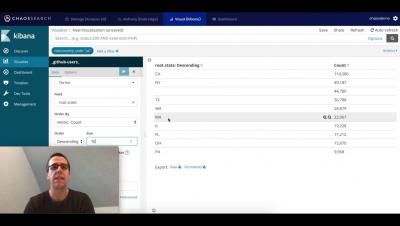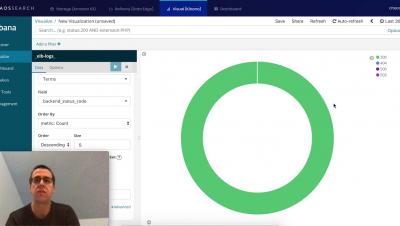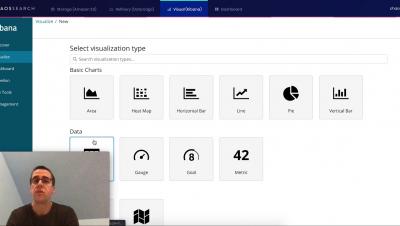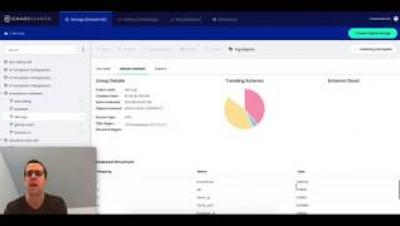3 Steps to Structuring Logs Effectively
In order to analyze logs efficiently, they must be structured effectively. Often, logs from different sources label data fields differently and/or provide data that’s completely unstructured. The problem is that both types of data need to be structured appropriately in order to key in on particular elements within the log data, such as: Monitoring on source address, Applying rules associated with user names, and Creating alerts for destination addresses.











